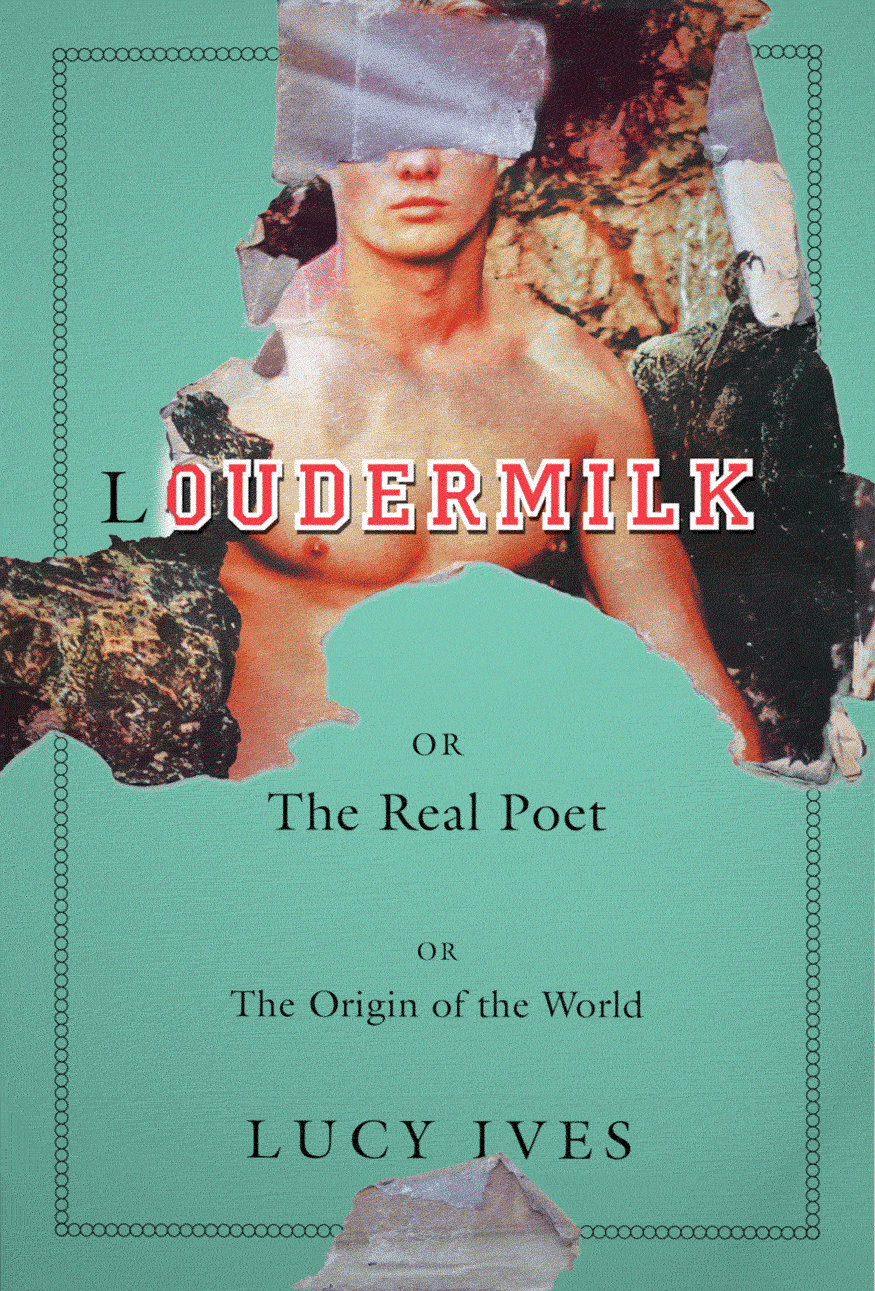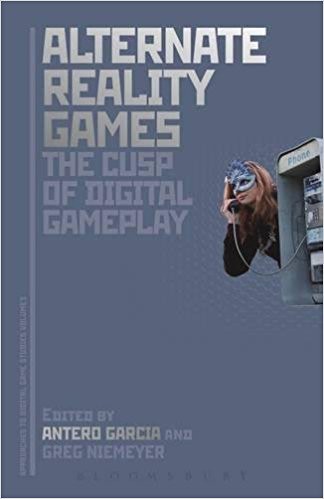For the 14th year in a row, let’s break this down. I’m wrapping up Loudermilk Or, The Real Poet; Or, The Origin of the World by Lucy Ives (and absolutely loving it), and don’t think I’ll be finishing any other books in 2022.

Loving this gif from the Soft Skull site.
With my travel increasing in a still-pandemic world this year, I spent much of my reading time with balm-y genre fiction and lightweight non-fiction-y books that didn’t make a huge impression on me (a shoutout to Jane Pek’s The Verifier’s — a fun detective-y book about online dating and truth). This was largely a year of reading helping to passively center travel, teaching, writing, and parenting that often felt chaotic.
One note: in last year’s tally, I read 19 books for an “untitled new research project.” That project (or at least the version that is shared weekly) is La Cuenta and if you haven’t checked it out, it’s why this blog has been a little dusty lately.
Without further ado, here’s my annual wrap-up of my reading (and, as always here are my posts on books read in 2021, 2020, 2019, 2018, 2017, 2016, 2015, 2014, 2013, 2012, 2011, 2010, and 2009):
Books read in 2022: 163
Comics and graphic novels included in reading total: 9
Books of poetry included in reading total: 7
Books reread included in reading total: 4
Academic & Education related books included in reading total: 26
YA and Junior Fiction books included in reading total: 11
La Cuenta related books included in total: 18
Sequoia Nagamatsu’s How High We Go in the Dark is the book that’s stayed with me the most throughout the year. The interconnected stories were unsettling and bleak, though I finished the book with at least a muted sense of hopefulness. Not all of the stories worked for me, but the ones that did were absolute gut-punches.
Hua Hsu’s memoir, Stay True, was also a gem this year. Small but not sleight, it’s a story of deciphering a distant father, growing up, and the ways loss sticks with us in ways unexpected.
Two speculative novels that I finished late in the year were Vauhini Vara’s Immortal King Rao and Ray Nayler’s The Mountain in the Sea. These are very different books about progress, empathy, and identity.
I adored Danyel Smith’s Shine Bright, a book about Black women in pop music. I felt unfulfilled by Dilla Time but it made me nostalgic for Slum Village and gave me a better appreciation of the Flying Lotus/Hiatus Kaiyote concert I attended over the summer.
I read more memoirs this year (partly for La Cuenta and just because it’s a genre I haven’t spent much time with). Erika Sanchez’s Crying in the Bathroom and Julissa Arce’s You Sound Like a White Girl were both excellent. (Arce’s is less memoir than diatribe, but I’m lumping it in here anyway.) Rollie Pemberton’s (aka Cadence Weapon) memoir Bedroom Rapper spoke to the indie music scene of my college days and even references a message board I’ve been a steady member of for more than two decades. This very old video of Rollie singing alongside Dan Bejar and Owen Pallett might be the most mid-2000s Canadian indie rock thing that exists on youtube:
Two academic books I loved this year were Ruha Benjamin’s Viral Justice and Leigh Patel’s No Study Without Struggle. Both books were tremendous. We should be reading these books joyfully, urgently, and collectively.
I didn’t read as many full collections of poetry this year as I’d hoped. I’m currently thumbing through Sonia Sanchez’s collected poems, an older collection by Ada Limon, and reprints of the poetic works of Sun Ra* (the quote for this year’s post comes from his poem “Freedom Versus Black Freedom”).
A special nod here: between his poetry, this collection of album-related art, and the stellar new Sun Ra Arkestra album, Living Sky, I’ve spent a lot of time thinking and learning from Sun Ra this year. This twitter account of Sun Ra quotes is always a helpful beacon when I need to get back to writing. The new album is pretty good entry point for all things Sun Ra… even if he hasn’t been alive to record for three decades now.
As I’ve mentioned in the past, I listen to a ton of audiobooks. Sara Novic’s True Biz, a book about a school for the deaf community, is an entertaining read on its own. The print version offers visual depictions of signed dialogue. For the audiobook, the author recorded these signs and the audible pats, rubs, and hand movements offer a sonic texture unlike any other book I’ve listened to.
Kate Gavino’s A Career in Books is a delightful and verbose graphic novel about the New York publishing world. Two graphic novels unsettled me and played with the form in continually inventive ways: Conor Stechschulte’s Ultrasound and Nick Drnaso’s Acting Class.
In terms of music this year, my writing time is spent primarily with rhythmic dissonance playing in the background. Hardcore punk, black metal, and repetitive electronica have been in regular rotation.
My favorite album of the year is Soul Glo’s Diaspora Problems. Or maybe Rosalia’s Motomami. Or maybe Billy Woods’ Aethiopes. Just listen to all of those.
Yes, I liked Renaissance, but Honey Dijon’s Black Girl Magic is the better, dancier version of what that album could have been.
As I mentioned above, I listened to a lot of dance-y electronica stuff in the background. I mostly listened to minimal/EDMish stuff in the past, but my listening took a turn this year. Avalon Emerson’s mixes are always highlights. This live set from 1990 has been fun, the brutal repetitive-ness of various Prec Trax are usually a good time, and I got lost in Hagop Tchaparian’s Bolts. Nicola Cruz was new to me and both his Fabric mix and Self Oscillation were good writing highlights for me. I really liked Eris Drew’s Boiler Room set as well:
The Soft Pink Truth’s Is it Going to Get Any Deeper Than This? is the best disco album I listened to all year.
I have no idea where or how I stumbled across this Roxy Phantom album but it’s really great. Folktronica if that was actually a good genre? Black Dresses unplugged? Cyberpunk coffeehouse? 🤷🏽♂️
I also don’t really know how to describe this Caroline album. Americana-post-rock, maybe. It works better as a whole album, but this is the vibe:
I continue to try to primarily play female voices and women/non-binary artists around my kids. Household approved artists included Yaya Bey, Sudan Archives, Grace Ives, Ethel Cain, Nina Nastasia, Horsegirl, Beth Orton, SZA, and Little Simz. (Harry Styles did get an inordinate amount of airtime here.)
Winters are usually when I blast Low at obscene volumes while writing, and the loss of Mimi Parker has felt awful. Here’s an amazing set from the band from a few years back:
*Shout out to 50 Watts Books where I picked up this collection as well as a bunch of incredible art books (mostly not in English), including this astounding book of … Japanese manhole covers.





